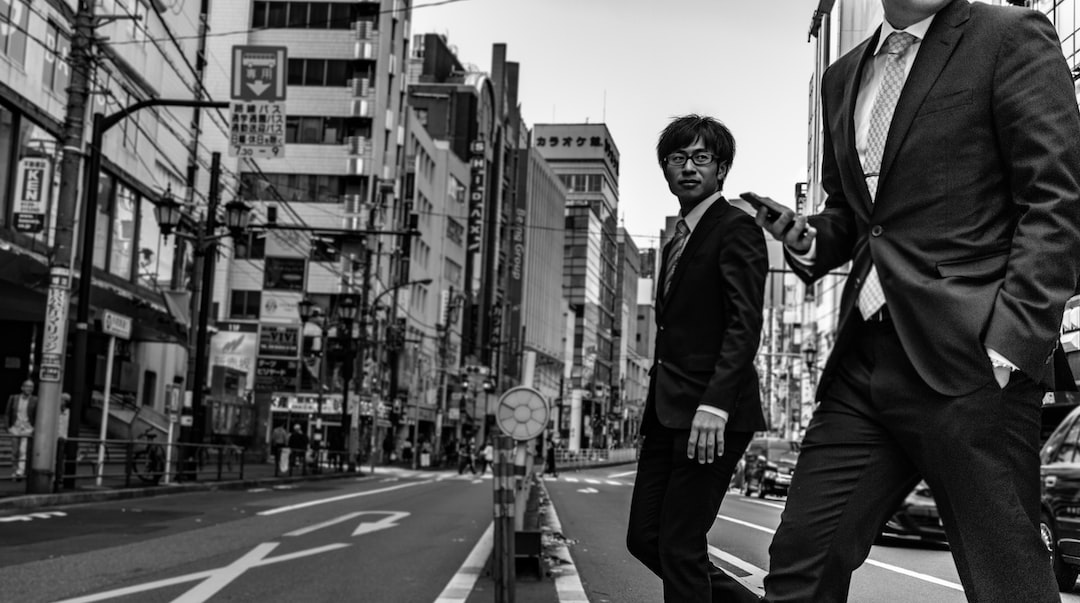Product design studies have greatly evolved over time, from traditional manual techniques to the integration of technology and art. Today, designers are taking advantage of technological advancements to create innovative designs that stand out in an ever-competitive market. Technology is not only determining the way we make products, but also changing the way we think about product design. It has opened up new possibilities that couldn’t be imagined before, and it is now clear that product design is no longer just an art form, but a combination of art and technology.
With the integration of technology, designers have a better understanding of the materials, tools, and techniques required to create a product that not only looks great, but also functions optimally. Prototyping is now faster and more precise than before. With computer-aided design (CAD) software, designers can easily visualize their designs and make real-time changes to the best of their ability. The use of 3D printing has brought about a new era of product design studies. With this technology, materials that were once thought impossible to use, such as plastics, metals, and ceramics, can now be used to create intricate designs that were impossible to produce manually.
Technology is also influencing aspects of product design such as sustainability. Designers are now considering the impact that their products have on the environment, and are seeking to create products that have minimal environmental impact. Advances in material science have led to the creation of biodegradable plastics and other environmentally sustainable materials, which play a significant role in both the design and production of products.
Moreover, the integration of technology has impacted the manufacturing process of products. 3D printing alone allows for small-scale production runs, something that was previously only possible with mass production. This allows designers to test out their designs and perfect them before they begin mass production, which saves money and reduces waste. This, in turn, means consumers are getting better-quality products at a more reasonable price.
Despite the technological revolution in product design studies, designers still rely heavily on their artistic and creative instinct. Designers must still have a complete understanding of art, color, and form while still being able to harness the power of technology. Designers must strike a balance between form and function, aesthetic appeal and sustainability, and all of this while working with technology. This highlights the fact that product design studies is an ever-evolving field that requires designers to keep up with the latest advancements and techniques.
In conclusion, the integration of technology and art in product design studies has allowed for the creation of designs that were once impossible. Technology has made the production process faster, cheaper, and more environmentally sustainable. However, designers still draw on their knowledge of art, color, and form in order to create designs that are both functional and aesthetically pleasing. With this, product design studies will continue to evolve, and it is exciting to see the advancements that technology will bring in the future.

